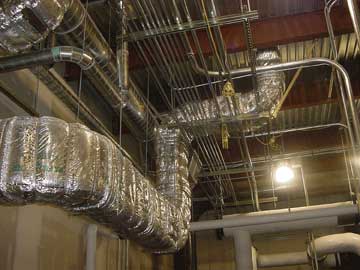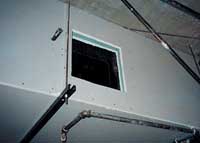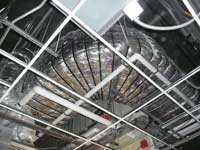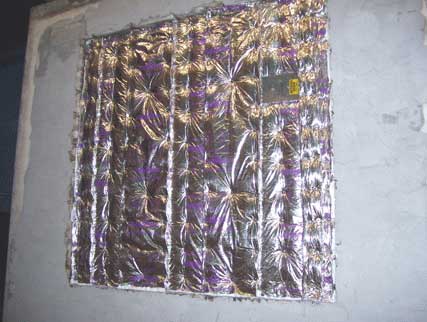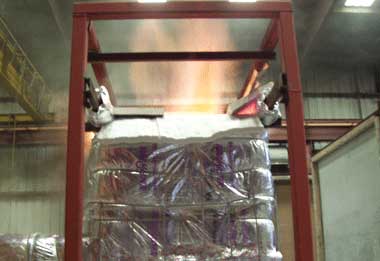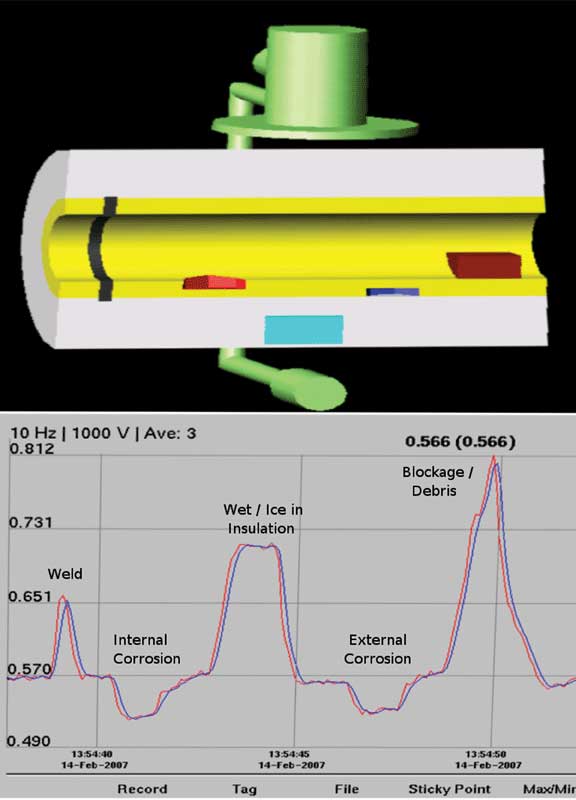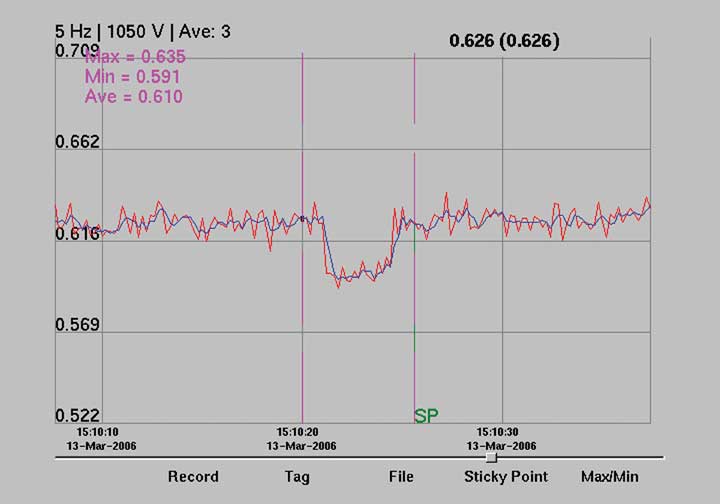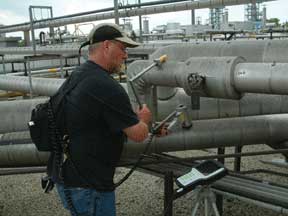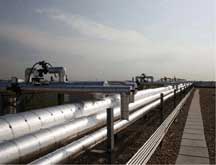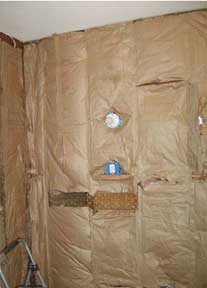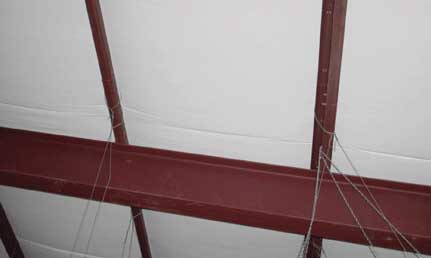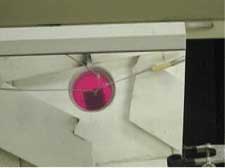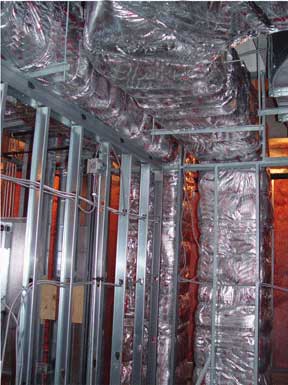Companies need to be proactive and have procedures to protect themselves against charges that they knowingly or intentionally employed an unauthorized alien. This article presents the issues and some strategies to consider implementing as part of an overall plan to avoid or defend against such claims. Companies should adopt comprehensive strategies that demonstrate that it has taken appropriate action regarding employment eligibility issues, as well as the company’s commitment to complying with the laws and the due diligence required with regard to its own employees and the employees of companies with which it contracts.
Importance of Attorney-Client Privilege and Attorney Work Product Protection
Companies that want to avoid being found to have knowingly or intentionally employed an unauthorized worker—and the civil and criminal penalties that may be imposed—should integrate the benefits of the attorney-client and attorney work product privilege regarding matters of identity theft or identity issues. It is very important for companies to consider these privileges to protect themselves and their employees from being targeted and prosecuted.
It may be advantageous to have legal counsel be the liaison between the company and government agents, police officers, or prosecutors, rather than a company employee or manager acting as liaison or writing and signing letters. If a company employee serves as the liaison or writes letters, the employee then might be named in a subpoena or named for prosecution. Steps should be taken to protect the company and its employees and still exhibit cooperation with law enforcement. Many companies today are outsourcing responsibility for requests for personnel data relating to identity issues to lawyers.
It is also important to have a legal team that includes not only employment attorneys to handle inquiries about personnel data from Immigration and Customs Enforcement (ICE), the Social Security Administration (SSA), the State Attorney General, or a County Attorney’s office, but also white collar criminal attorneys and corporate attorneys who may be needed as part of the team to implement some of the strategies to assist in defending Immigration Reform and Control Act (IRCA) prosecutions.
I-9 and Immigration Compliance
Federal law requires employers to verify the employment eligibility of all employees within 3 business days after the employee begins work by using the Form I-9. Regulations technically require the employee to complete Section 1 of the I-9 on the first day of employment, but the employer has 3 business days to complete the Form I-9. It is essential to have a complete Form I-9 for every employee, both because good faith compliance with the I-9 process can provide an affirmative defense if an employer is charged with knowingly employing an undocumented worker, and because failure to properly complete a Form I-9 may result in monetary fines being imposed on the company.
There are several steps a company can take to ensure that it complies with the federal I-9 requirements and build a defense if it ever is charged with knowingly employing an unauthorized worker. These are increasingly important to provide a good-faith defense—if an employer complies in good faith with the I-9 requirements, notwithstanding “isolated, sporadic or accidental technical or procedural violations.” Two basic steps are as follows:
- Print the company’s current payroll register and complete an audit of every employee’s Form I-9 to make sure that the company has complete I-9s for every employee. If the company does not have an I-9 form, or the form is incomplete, the employee should complete another Form I-9 and staple it to the original. Do not backdate the Form I-9. Use the original hire date in Section 2.
- Conduct I-9 and immigration compliance training for all employees who complete a Form I-9 on behalf of the company (Section 2 of the I-9 form). Train employees regarding what they may and may not do when completing the I-9 form on behalf of the company, and what to look for to ensure that the Form I-9 is fully complete.
Anticipate and Deal with Complaints or Inquiries Regarding Immigration Status
There will be immigration vigilantes motivated and empowered to make complaints to the government regarding persons suspected of not being authorized to work in this country. Businesses that are vulnerable to such complaints, including businesses that serve the public or that have a diverse work force visible to the public, may consider public relations and customer relations strategies for anticipating and dealing with the expected inquiries or complaints by the public regarding the alleged immigration status of the company’s employees.
Customer service personnel should be trained to respond to inquiries or complaints by the public politely but firmly, informing them that the company takes its obligations to comply with immigration laws very seriously, that it checks all documentation upon hire, and that it does everything that the law allows in checking to make sure that proper documentation is presented to the company upon hire, but that it is prohibited by law from taking more stringent actions against people based upon the way they look or dress, their last name, or other characteristics that appear foreign.
Responding to Government Inquiries
Companies should have procedures in place to respond to government investigations or inquiries from government agencies or others regarding employees or employees’ Social Security numbers. The procedures also should address investigations by the County Attorney or State Attorney General initiated by a complaint that the company is knowingly or intentionally employing an unauthorized alien. For those states that enact employer sanctions laws, employers may expect many more visits from government agents asking questions or demanding to inspect records about employees.
Company managers should be cautious about the manner in which confidential personnel information is disclosed. Most companies understand that they generally should not provide confidential personnel information about the company or its employees but should refer inquiries to a designated company representative. Front-line employees can tell investigators or others that the company is happy to cooperate, but that they are not the proper person to handle the inquiry and will refer it to the appropriate person or the company’s attorney.
Procedures for Human Resources Investigations into Identity Issues
Companies should develop and implement procedures to address identity issues. They need to have a procedure that is followed in all cases for two reasons: (1) to defend against charges that the company knowingly or intentionally employed an unauthorized alien by showing that the company takes reasonable steps when it learns information that could suggest an employee is using false personal information and may not be authorized to work in the United States and (2) to defend against charges of discriminatory treatment by demonstrating that all employees are treated the same and in accordance with a pre-established policy. The policy should contain provisions prohibiting discrimination based on national origin, race, ethnicity, appearance, language skills, and other protected characteristics.
Employment Policies and Hiring Paperwork
Use new-hire acknowledgement forms, where the employee affirms he or she understands the company’s commitment to employing only an authorized work force and that the employee is authorized to work in the United States. Make sure the company has a written immigration compliance policy and incorporate the policy into the company’s handbook. If the company does not have a handbook, it should consider distributing the policy to employees as part of the new-hire paperwork.
The company’s employment application should include a statement to be signed by the applicant affirming the accuracy of the information provided. For example: “I hereby state that all information that I provide on this application and in any interview is true and accurate. I am aware that false statements, misrepresentations of facts, or material omissions may be sufficient to disqualify me for employment, or if employed, may result in my termination.”
The company’s employment application should include a carefully worded question regarding whether the individual is authorized to work in the United States. Depending on how the inquiry is worded, it could be used as evidence of discrimination, however. An employer may not ask about citizenship status. The question “Are you legally eligible for employment in the United States?” or “Are you authorized to work in the United States?” has thus far been found to be acceptable.
The company’s employment application could include a statement, to be signed by the applicant, which states, “If employed, I understand that I will be required to provide proof of identity and legal work authorization.”
Form W-9, Request for Taxpayer Identification Number and Certification, should be used with all new hires and current employees.
The company’s termination checklist should include as a possible reason for termination “Failure to properly complete a Form I-9.” Another reason for separation could be “Providing false information to the Company in violation of Company policy, practices, and procedures.” This could be the grounds for separation if, after an investigation, the company discovers that an employee provided false information to complete the Form I-9 or as part of a follow-up Human Resources investigation.
Employee Training
Companies should train their employees on the company’s immigration compliance policy and highlight to all employees the seriousness with which the company treats employment authorization matters. Additionally, managers and supervisors should be trained on what they should and should not do in interacting with employees and dealing with immigration status.
Supervisors and managers should understand that the company is committed to legal employment practices and that, as representatives of the company, they have special duties regarding legal work status. Supervisors and managers never should discuss the immigration status or work authorization of an employee, whether at or off work, whether they are speaking English or another language. Work authorization status is never a permissible topic of discussion after the employee has completed an I-9 form and satisfied the federal employment authorization verification procedures. All managers and employees should be made to understand that they should not ever discuss the legal status of an employee working for the company; this means 24 hours a day, 7 days per week.
Avoiding Charges of Discrimination
Federal law prohibits discrimination on the basis of race, national origin, and citizenship status. Companies need to take care that they are not overzealous in verifying the identity and work authorization of employees, or the company may face a discrimination charge.
The company should ensure that it has a strong anti-harassment and antidiscrimination policy and that it implements the policy. Companies should be very cautious of actions that could be construed as national origin or citizenship discrimination, or actions that could be construed as violating the antidiscrimination provisions of the IRCA.
Under current federal law, employers are prohibited from asking for more or different documents if the documents that the employee provides to complete Form I-9 “on their face reasonably appear to be genuine.”
The company should ensure that it does not make decisions based on race, national origin, language ability or characteristics, accent, physical appearance, clothing characteristics of an ethnic group, religious attire, or other national-origin characteristics.
Records Retention Policies
It is important for a company to review its records retention policies and make sure they are being followed at all the company’s locations. If the company is under government audit, it is restricted from destroying or eliminating documents. Similarly, if the company is involved in a lawsuit, it has a duty to maintain the relevant documents and electronic data.
The company’s record retention policy should cover a number of items including, but not limited to, I-9 forms, wage and hour records, leave records, Social Security no-match letters, safety records, resumes, e-mail correspondence, other electronic data, and other personnel information. Companies may want to consider having legal counsel review their records retention policies.
Companies should implement their records retention policies and make sure they are uniformly followed—as long as the company is not under a government investigation or involved in litigation or potential litigation, in which case relevant records must be retained. If it is not required that old documentation be retained, keep records clean. Shred I-9 forms and other personnel records that the company is no longer required to maintain.
Keep in mind that documents containing personal and confidential information, such as Social Security number, date of birth, home address, and medical information, must be disposed of in a manner that will ensure they cannot be stolen and used. The company should shred documents containing personal and confidential information, or use a document service that can provide that support.
Use of Leased Employees or Employment Agencies, or Outsourcing Work
Companies could consider using third-party leased or temporary employment agencies, rather than hiring employees directly. The employment agency would become responsible for verifying the work authorization of the employees it provides.
If the company decides to use a leased or temporary employee arrangement, it should require a strongly worded written agreement wherein the agency certifies its compliance with federal and state laws relating to employment verification and antidiscrimination. The contract the company has with the leased or temporary employee agency should contain a clause in which the agency agrees to indemnify the company against any liability based on knowingly or intentionally employing an unauthorized alien.
Contract Considerations
Any contract the company enters into could be impacted by immigration issues if the other party to the contract or the company were to have a license or permit suspended or revoked. When entering into contracts, companies should consider what might happen if one party to the contract has its license suspended or revoked. Companies should consider adding assignment provisions to all contracts, allowing them to be assigned to successor companies.
One also must consider the effect of the immigration-related issues on contract provisions regarding delays and penalties for delays, particularly in the construction industry. Usually there is a provision in construction and other contracts imposing liability for delays on the company that does not perform or cannot meet deadlines in the contract. Companies with contracts that include delay provisions may want to consider including an exception not only for acts of war, acts of God, and terrorist attacks, but also acts of the State that affect the company’s ability to conduct business because of immigration-related issues.
General contractors should consider adding a contract provision stating that subcontractors agree to comply with federal and state immigration and employment verification laws, and will indemnify the general contractor for any liability arising from any failure by the subcontractor to comply with the applicable laws. Companies should insert provisions in all contracts, whenever possible, relieving them from the obligation to perform or fulfill a contract if their license is suspended or revoked because of immigration-related issues.
All of a company’s employment contracts, handbooks, manuals, and policies should state that it shall immediately cease payment of any wages or the provision of all employee benefits to any employees if the company’s licenses are suspended or revoked. Such provisions are necessary so that the company does not face claims that additional wages are owed (or benefits must be provided) during a period when the company is not authorized to transact business because of any possible enforcement proceedings. Payments for all time worked must, of course, be made; businesses should consult with an attorney to ensure that they do not violate any Department of Labor regulations.
Companies should examine all their supplier and customer relationships and attempt to negotiate provisions in their contracts with respect to the consequences of a suspension or revocation of business licenses or permits on the part of the company, its vendors, or its customers. Obviously, companies will not be able to fulfill contractual obligations if they are not authorized to do business because their business licenses or articles of incorporation have been suspended or revoked. Performance guarantees, security interests, personal guarantees, or other measures may be necessary to protect companies from non-compliance.


